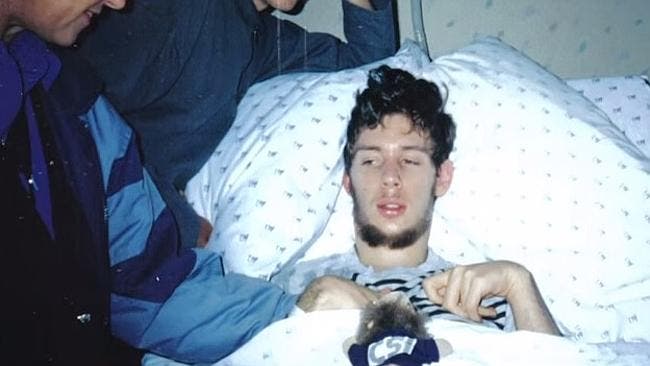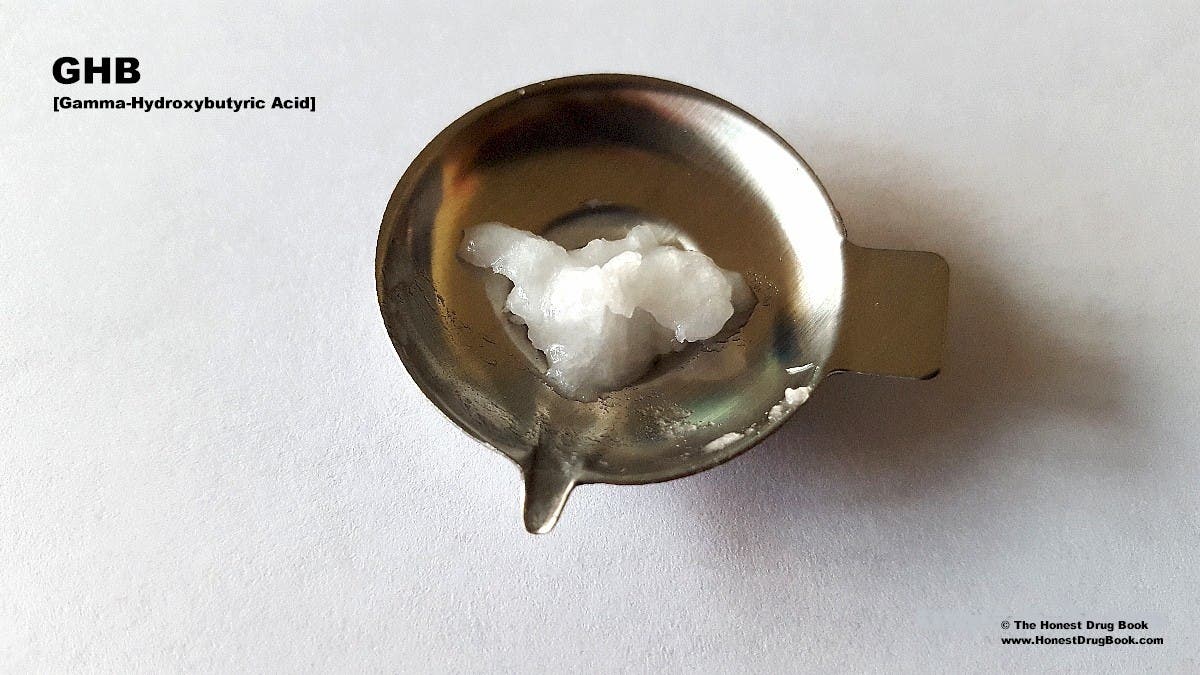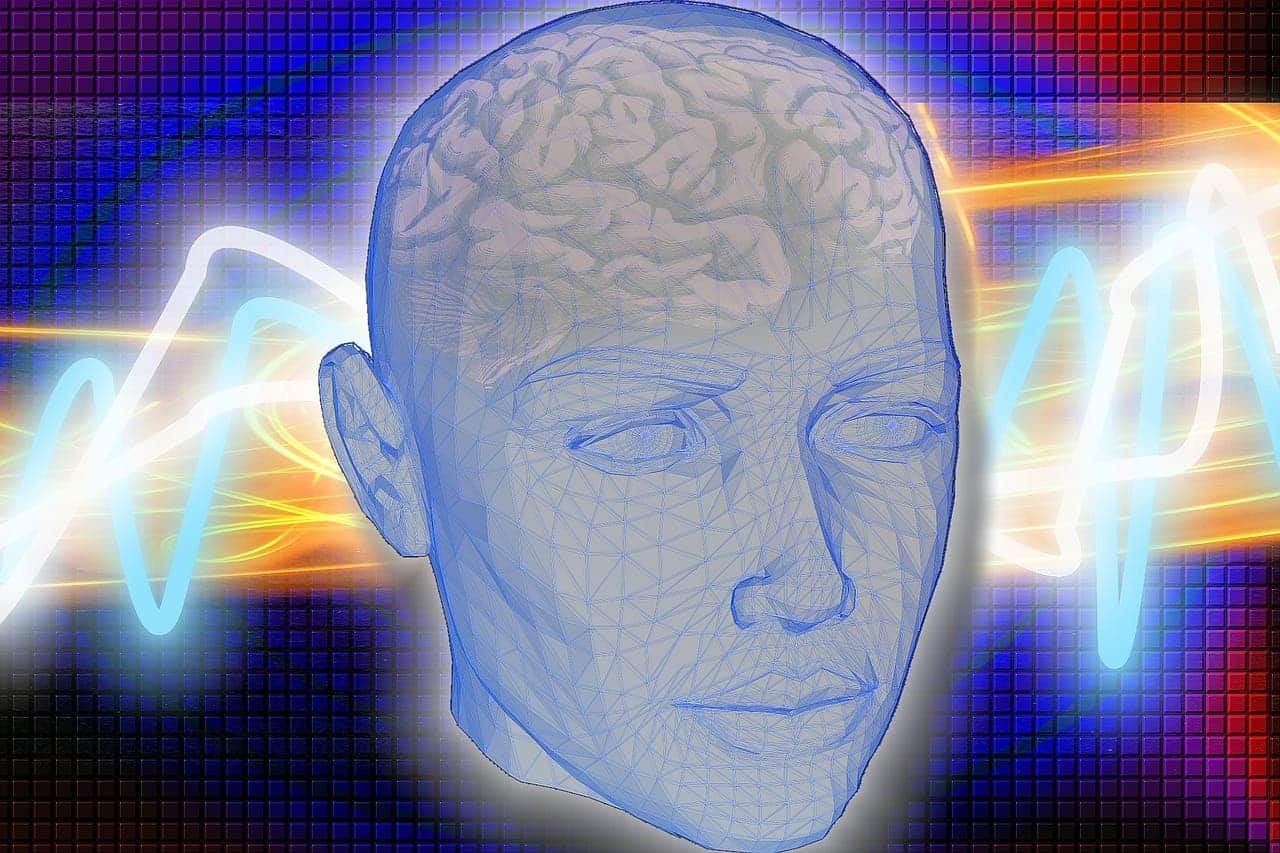A 2001 accident sent a French man into a prolonged vegetative state. He remained in this dreadful limbo for the past 15 years, until recently, when an experimental treatment proved to restore some aspects of consciousness. The patient still isn’t awake — and might never be, considering the brain damage — but his response is far more than his family or doctors could ever hope given the situation.
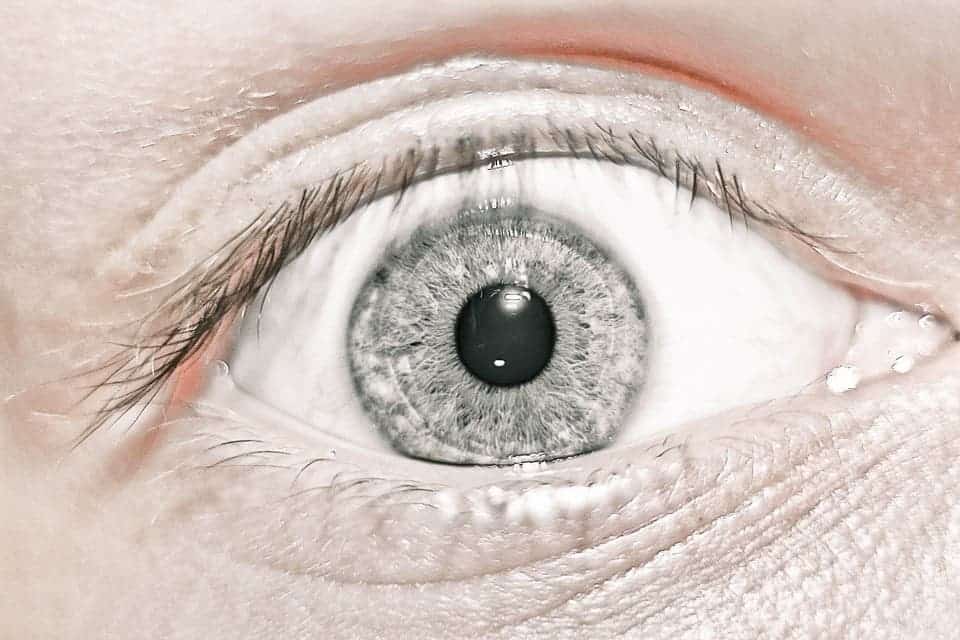
Patients in a coma and a vegetative state are both unconscious. The main difference, however, is that people in a vegetative state — also known as ‘apallic syndrome’ or ‘unresponsive wakefulness syndrome’ — still retain some sort of wakefulness, or at least they give this impression. Though involuntary, a vegetative state patient may move his limbs, grind the teeth, and make facial movements such as grimacing, yawning or smiling. They might jerk as a reflex response to loud noises or move a hand away from a source of pain. Some even make sounds.
Someone’s still there
The 35-year-old French patient has been in a prolonged vegetative state for the last 15 years with no sign of improvement since he was admitted. Angela Sirigu of the French National Centre for Scientific Research in Bron, along with colleagues, chose the patient for an experimental therapy which involved zapping his vagus nerve. This is a sort of neural hub that connects various key brain areas including the thalamus (relays sensory impulses from receptors in various parts of the body to the cerebral cortex), amygdala (paramount in our perception of fear and other emotions), and the hippocampus (where memories are stored and retrieved).
Because the vagus nerve connects so many critical brain areas thought to be heavily involved in consciousness, the researchers reckoned this would be a good place to start in order to help the man regain some of his cognitive functions.
The members of the team took their time and approached the therapy cautiously. First, they monitored the patient’s brain activity and functions for a month before lining very thin electrodes around the part of the vagus nerve located around the man’s neck. Electrical current was then directed through the electrodes for six months.
Each zap lasted 30 seconds followed by 5 minutes of rest. The current was progressively increased from 0.25 mA all the way to 1.5 mA.
Sirigu and colleagues knew they were on the right track from the very beginning. As soon as the stimulation began, the patient started opening his eye significantly more often. One month later, he would follow people moving across the room with his eyes. When doctors requested he turn his head one side or the other, the patient obeyed. He even smiled when asked to.
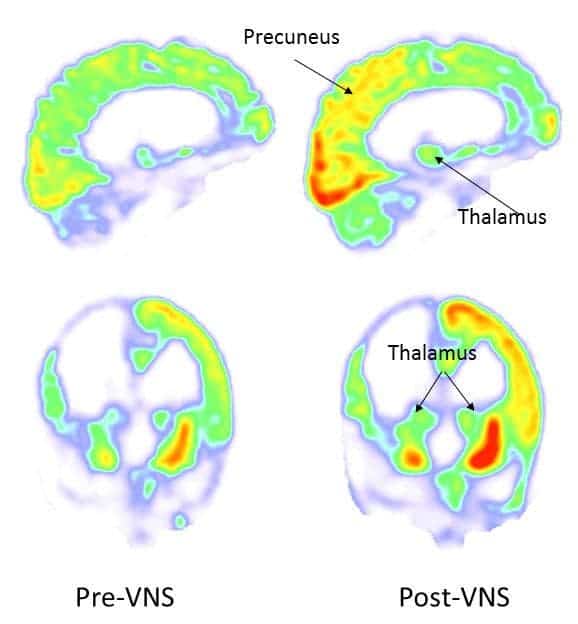
When tested on the coma recovery scale, doctors reported improvements now classing him as being in a minimally conscious state. Brain scans also show heightened activity in the various areas of the cortex following stimulation. A PET scan showed increases in metabolic activity in both cortical and subcortical regions of the brain, too, indicating increased activity.
The patient still can’t talk, walk or take care of himself in any way. Apart from following some simple instructions, the patient has yet to communicate in any meaningful way with his family or caretakers. Even so, the results are extremely promising. After all, we’re talking about a patient who for the last 15 years has shown no signs of progress. And if anything, this research shows that even when all hope seems lost, the right intervention can do wonders.
“Brain plasticity and brain repair are still possible even when hope seems to have vanished,” Sirigu said in a statement to the press.
Doctors, however, say that we shouldn’t jump to conclusions yet. The therapy involved just one patient and it’s far too early to generalize. Randomized, controlled trials in multiple locations should make things clearer, and could give hope to many people in a similar situation.
Scientific reference: Current Biology, Corazzol and Lio et al.: “Restoring consciousness with vagus nerve stimulation” http://www.cell.com/current-biology/fulltext/S0960-9822(17)30964-8.
